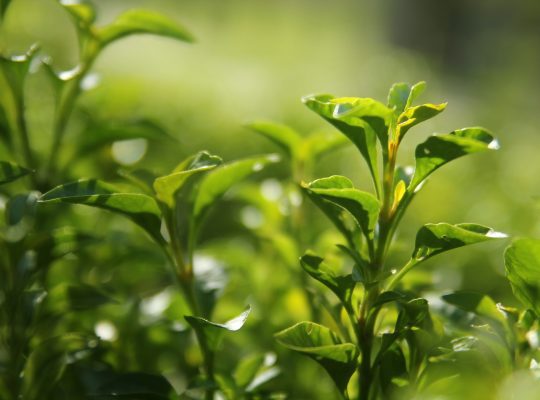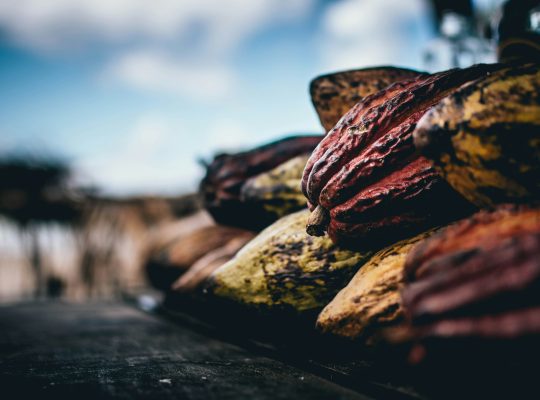This year’s cocoa production in Indonesia is projected to decline due to weather factors such as El Niño and production limits. Despite this, farmers see a tendency towards increasing exports.
The General Chair of the Cocoa Farmers Association, Arief Zamroni, estimates that this year’s cocoa production will be around 300,000 tons. “What’s certain is that production will decline due to three factors: weather anomalies, El Niño, and the fact that new cocoa development areas are not yet producing, while in other locations, trees are being relocated and are aging,” Arief told Kontan on Friday (10/5).
He believes that opening new cocoa plantation areas is the sole key to raising cocoa production because the current challenges for cocoa production include productivity and the reduction of available land, hence the need for land expansion.
Expanding cocoa plantation land could be supported by the Ministry of Environment and Forestry’s social forestry program, which still needs to be synchronized with the Ministry of Agriculture.
“How can we utilize lands in social forestry for cocoa to be turned into agroforestry? I have proposed this several times, but it’s unclear if the government, or these two ministries in particular, have connected on this, or if cocoa isn’t their priority,” said Arief.
By maximizing a third of the cocoa plantation land for agroforestry, Arief predicts that domestic cocoa production could meet national demand.
Regarding exports, Arief says there hasn’t been a significant increase, with average allocations around 10%-15% of the total national production.
For cocoa commodities, the association has never set export targets because many of the international cocoa industries already operate in Indonesia.
However, Arief notes a trend towards increasing exports. “Lately, the enthusiasm for exporting cocoa has been growing, becoming greater and more frequent, perhaps because some places are short on supplies,” he says.
He mentions that many farmers choose to export their cocoa because the prices offered by exporters are competitive with the domestic industry, luring farmers into exporting.
He sees this as a dilemma because, on one hand, it can increase exports, but on the other, it can hinder the supply of cocoa to industries operating domestically.








